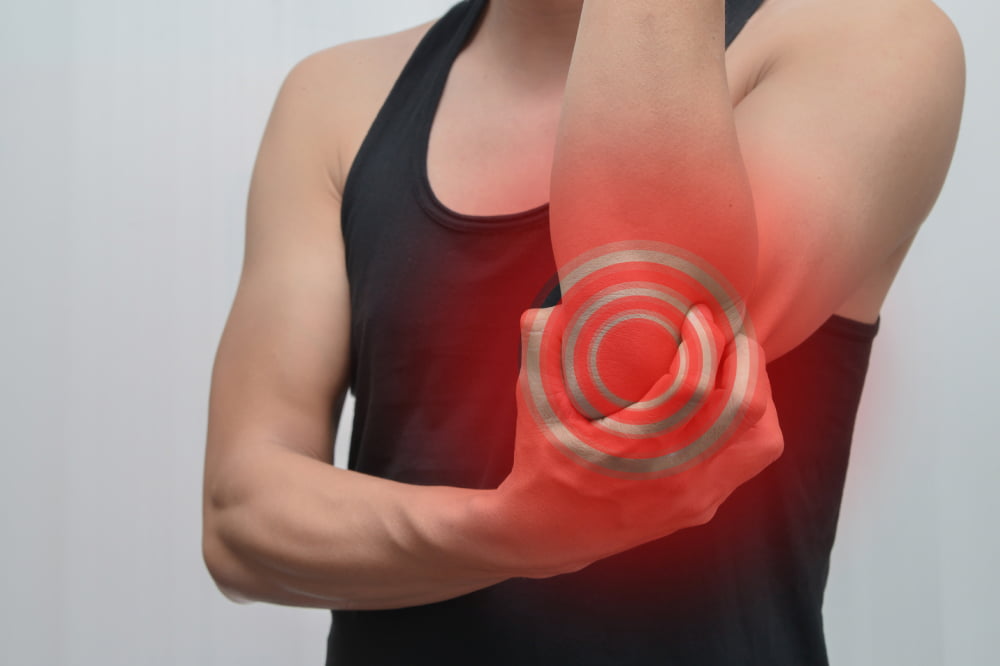
How to relieve joint pain in six simple ways
Joint pain and muscle aches are two of the worst discomforts that affect one’s daily routine, making it difficult to carry out basic tasks. It can result from trauma or injury to a particular joint or could be triggered by underlying conditions like arthritis. While there is no definitive cure for joint pain, there are ways to manage these discomforts. Below are six expert remedies for joint pain and muscle relief that are effective.
Make changes in daily nutrition
Nutritional deficiencies can worsen joint and muscle pain as the tissues are deprived of minerals that strengthen the bone and muscle groups. So, effective changes in nutrition should be made to decrease the intake of foods that trigger inflammation. Simultaneously, introduce more calcium, magnesium, and vitamin D, among other nutrients supporting bone and muscle functions, to reduce the impact of developing pain.
Avoid leading a sedentary lifestyle
With progressive conditions like arthritis, the pain will only worsen, especially when leading a sedentary lifestyle. Doctors suggest light but consistent exercises to stay active during the day. Even if it’s not possible to do strength training, light movement routines and basic cardio like walking or cycling can also improve flexibility. For moderate to severe joint pain, orthopedic surgeons and physiotherapists suggest a specific set of exercises that should be done under the doctor’s supervision. This is in addition to the best treatment for joint pain prescribed for improving quality of life.
Maintain good posture
Bad posture is often the trigger for pain in vital joint groups. Posture does not mean standing straight up all the time, as this will only cause muscle stiffness and pain. Posture also refers to the curvature of the spine while sitting, walking, standing, or doing any physical activity. Compromised posture puts pressure on the neck and back joints, resulting in sharp shooting pains. To correct posture, physiotherapists suggest movement exercises that strengthen the core muscle groups. Simultaneously, these exercises relieve pressure from the joints and prevent stress fractures from developing in weak bones.
Use hot and cold therapy
Hot and cold therapy is a proven natural remedy for effective joint and muscle pain relief. The combination of heat and cooling helps relieve sore muscles and prevent inflammation from worsening. Doctors suggest using a warm compress, hot water pack, or electric heating pads for hot therapy. The heat relieves pain and relaxes sore muscles to prevent cramps and aches near the joints. An ice pack, cooling pad, or even a bag of frozen peas can work for cold therapy. Place these items on the painful points to prevent inflammation from irritating the muscle groups.
Follow deep breathing and relaxation techniques
Breathing helps relax the body and divert attention from the pain that flares up with conditions like arthritis. It takes only a couple of minutes of concentrated respiration to gain better control over the body. Alternatively, doctors suggest progressive muscle relaxing exercises to relieve pain from major muscle groups. This involves flexing and tightening the muscle while breathing in and holding the position for a few seconds. While breathing out, relax the muscle group and repeat the process several times. This expansion and contraction of the tissue prevents inflammation from causing pain and prevents the recurrence of a flareup.
Opt for massage therapy
For many progressive conditions, prescriptions, and treatments can only help up to a certain limit. That’s where palliative care can provide additional relief and prevent severe discomfort. Professional masseurs can offer effective relief from severe joint and muscle pain through therapeutic massage. A massage stimulates circulation and increases flexibility. Get a professional massage at least once a month. If uncomfortable with massages, one can also use portable massagers and therapeutic devices at home for pain relief.




